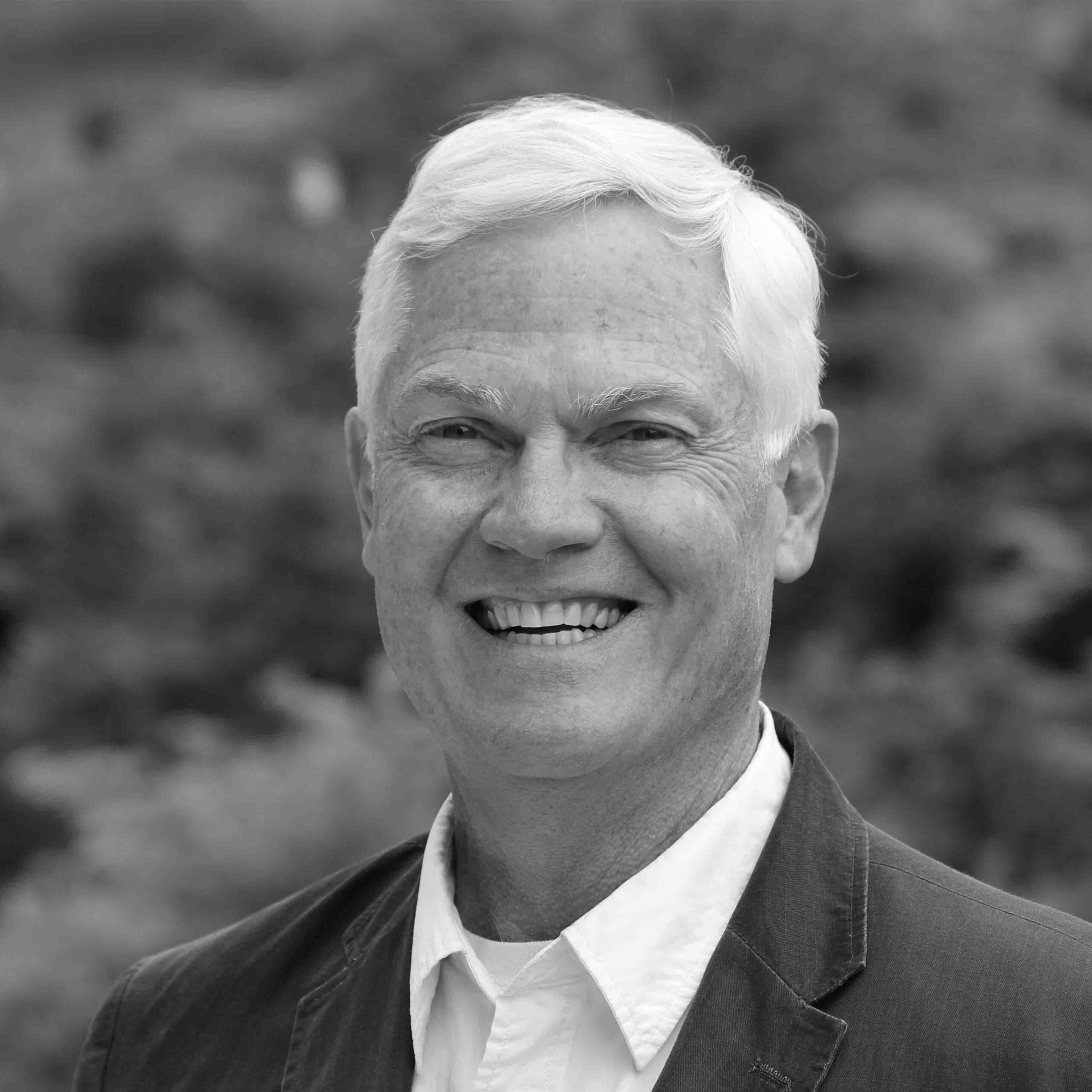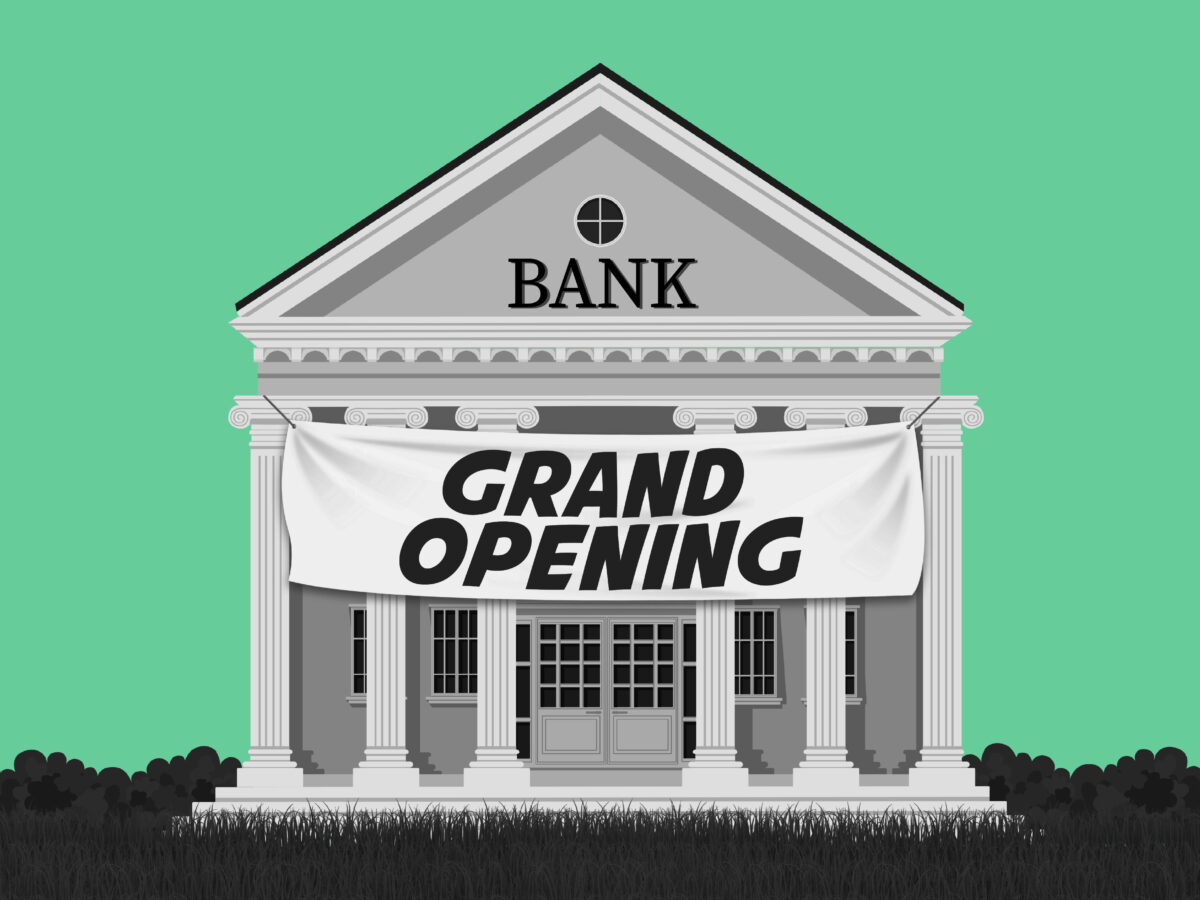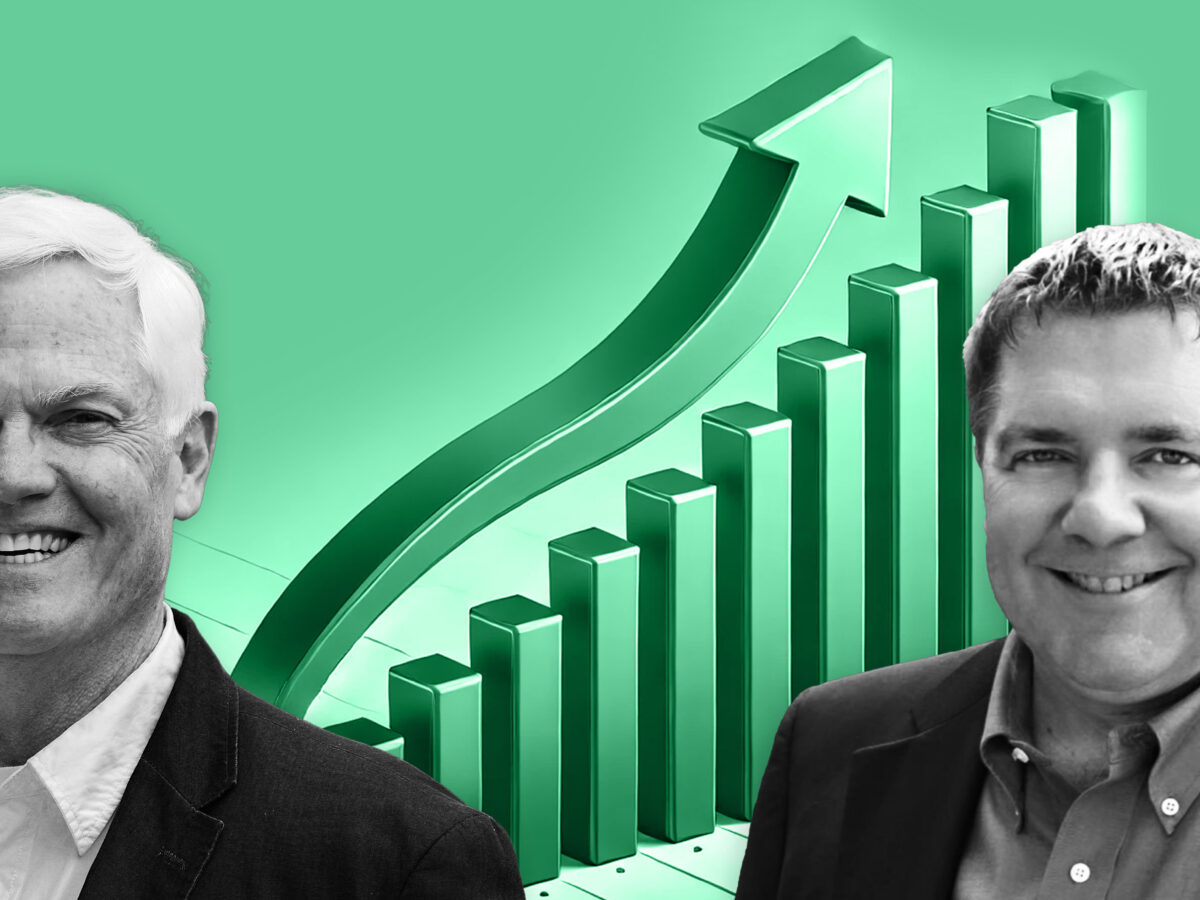Why Community Banks Need to Win BRANDED Deposits

(And, How to Win the Long War for Branded Deposits)
Why You Need to Win Deposits
There has been an intensified war for deposits, and it’s been waging well over a year now. Before I share about how to win that war, I want to remind us all about five general reasons why CFIs need to be really good at winning deposits in any environment.
- Deposits are the main fuel powering your lending machines that produce the bulk of your operating profits.
- Achieving a large, diversified deposit base helps you manage and maintain stability as market interest rates fluctuate.
- Sustaining lower costs of core deposits is the path to keeping interest rate costs down and net interest margins competitive and healthy.
- Winning competitively-priced deposits as efficiently as possible helps you focus on product and service improvements to attract new customer relationships and enhance client loyalty.
- And, of course, a strong deposit base enhances your reputation and makes the regulators happy.
Why You Need to Win BRANDED Deposits
I want to share a foundational strategy that can help you win. About eight years ago, we came up with the idea of creating a Branded Deposit as a way to differentiate a deposit for a high-quality community bank from its competitors. A branded deposit is a deposit that delivers more to the customer owning the deposit than just the utility of the account and its interest rate benefits. A branded deposit turns a commodity (a checking account, money market account, or a CD) into a higher-value asset by tying it to the brand reputation, promise, service, and total value delivery of the institution. Each institution needs to build its brand value propositions and deliver the people, advice, service and solutions to enable the customer to view the depository account as a vehicle to empower the achievement of their personal financial goals. When a deposit is promoted in a branded context, or in a uniquely branded way, it becomes more valuable and can level the playing field, even when a competitor offers a rate advantage.
I also define a branded deposit as a deposit that is won by the institution and the power of its brand. Why did JP Morgan Chase win $50 billion in new deposits in the wake of SVB collapse in March, 2023? It wasn’t superior rates because, in fact, Chase’s rates were inferior. It was the idea that the Chase brand was safe; it was too big to fail. Chase basically sat back and raked in lower cost deposits based on its brand reputation.
I also differentiate a Branded Deposit from other sources of liquidity including Brokered Deposits, FHLB advances, or aggregators. Emerging deposit aggregators are trying to help bring banks much-needed liquidity too. Raisin, an aggregator/marketer is providing deposits to thirty participating banks. The disadvantage to participating banks is that Raisin controls the game (and the customer data) rather than its multiple participating banks.
Here’s my point: Branded Deposits are a superior solution to achieving liquidity, not just because of the five general reasons stated earlier. Your brand owns the customer relationship and the opportunity to make it mutually beneficial over a customer lifetime. It may seem easier, and perhaps more cost effective, to simply place an order for a brokered deposit, or to pick up the phone and get an FHLB advance. But, if you are adept at acquiring your own Branded Deposits, you can achieve them at a lower cost than these alternatives – and build your brand awareness and reputation at the same time.
How to Win the Long War for Branded Deposits.
I am going to give you the highlights here and will follow-up in a series of blogs that will give you more depth on each one.
- Develop Your Own Branded Deposit Strategy – This is more than a communication or naming strategy. This is about delivering the brand experience to the customer in a way that is easy and delightful while tying the account relationship to the bigger brand idea that meets customers’ needs.
- Research and Develop Your Territory Strategy – You don’t win a war by targeting all geographic territories at once. You prioritize your geographies based on an assessment of market opportunity, competitive positioning and opportunistic circumstances.
- Research and Develop Your Audience Strategy – You need to develop the sophistication of knowing which audience segments will respond most to a variety of product offerings before you invest a marketing dollar in a deposit acquisition campaign. You should be able to measure audience potential (audience size and propensity to become a customer) using data science and data sources. Develop your high priority segments and develop pro forma conversion scenarios and goals.
- Develop Your Offer, Marketing, Media, and Content Strategy – There is so much to say here but it will suffice for now that the skills and technology exist and are accessible even to smaller CFIS to bring all of this together to achieve profitable and predictable customer acquisition programs.
- Optimize and Scale Your Programs – You start by connecting the KPIs of your marketing program to your new customer and account outcomes. There are ways to identify real ROI and to separate out new customers from the normal flow of business from new customers developed through campaign activities. We’ve been doing it for years and are happy to show you how.
Princeton Partners is dedicated to Community Bank Success. Learn more at our Financial Services page.





